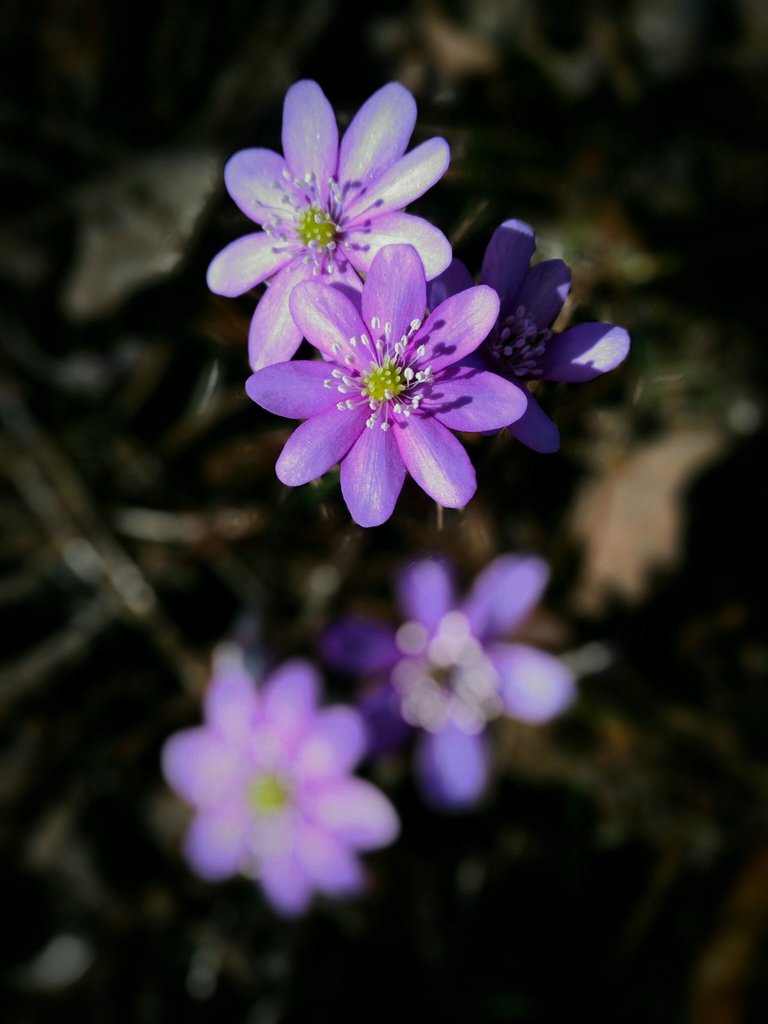Hepatica (hepatica, liverleaf, or liverwort) is a genus of herbaceous perennials in the buttercup family, native to central and northern Europe, Asia and eastern North America. Some botanists include Hepatica within a wider interpretation of Anemone.
DESCRIPTION:
Bisexual flowers with pink, purple, blue, or white sepals and three green bracts appear singly on hairy stems from late winter to spring. Butterflies, moths, bees, flies and beetles are known pollinators.
The leaves are basal, leathery, and usually three-lobed, remaining over winter.
HERBALISM:
Hepatica is named from its leaves, which, like the human liver (Greek hepar), have three lobes. It was once used as a medicinal herb. Owing to the doctrine of signatures, the plant was once thought to be an effective treatment for liver disorders. Although poisonous in large doses, the leaves and flowers may be used as an astringent, as a demulcent for slow-healing injuries, and as a diuretic.
